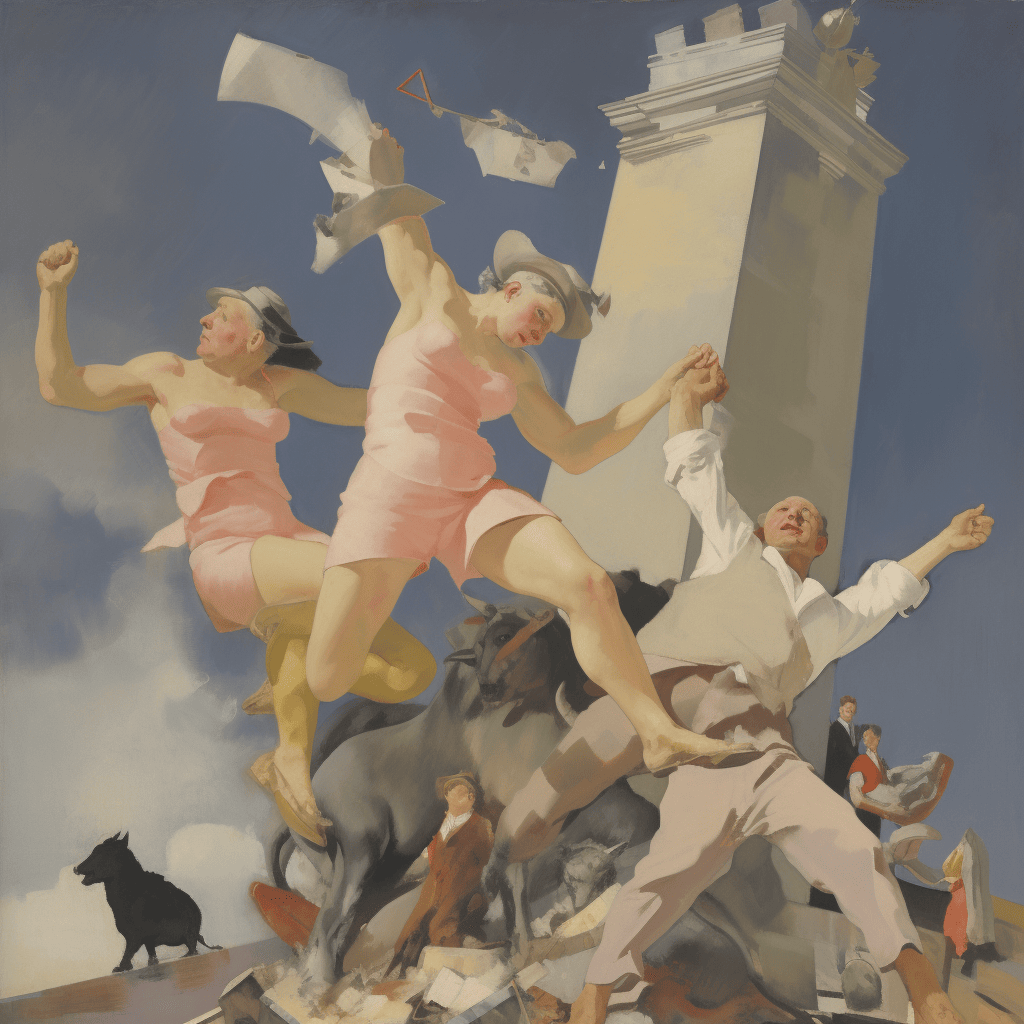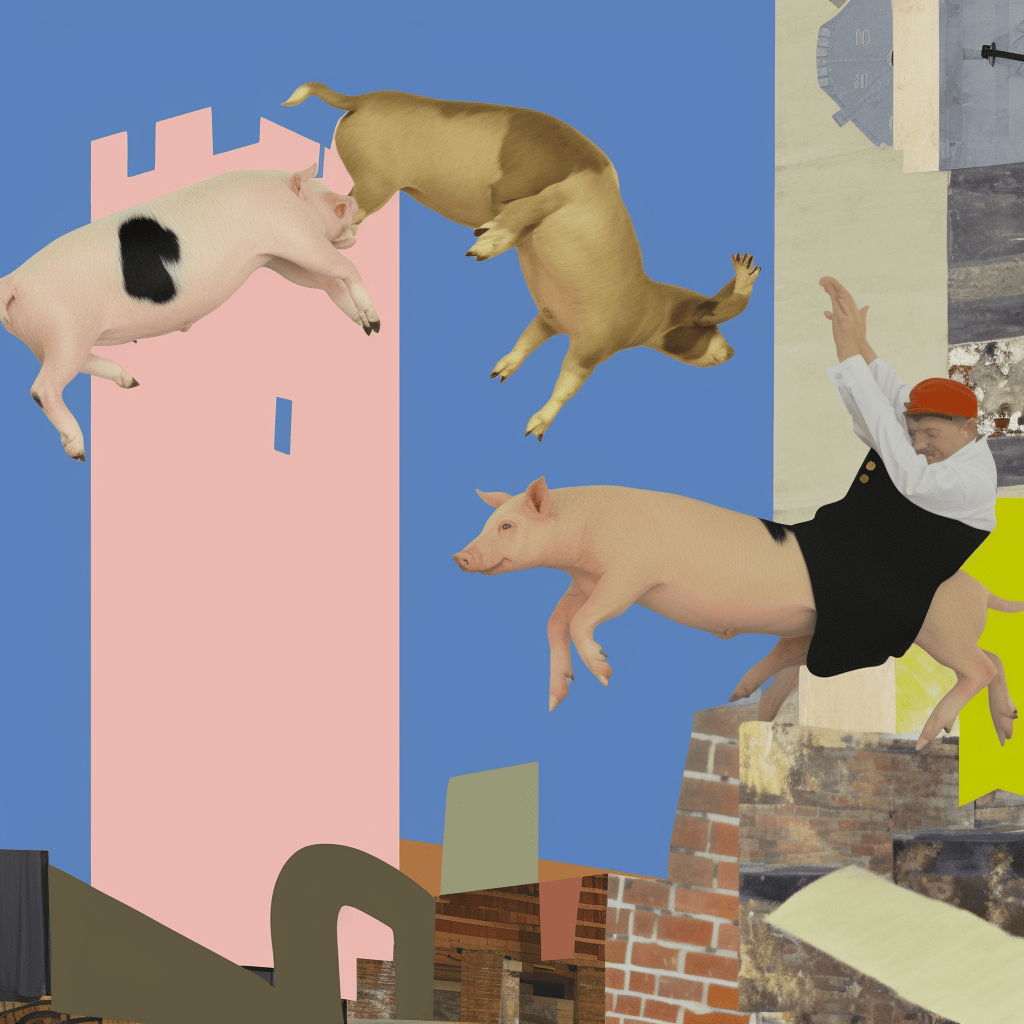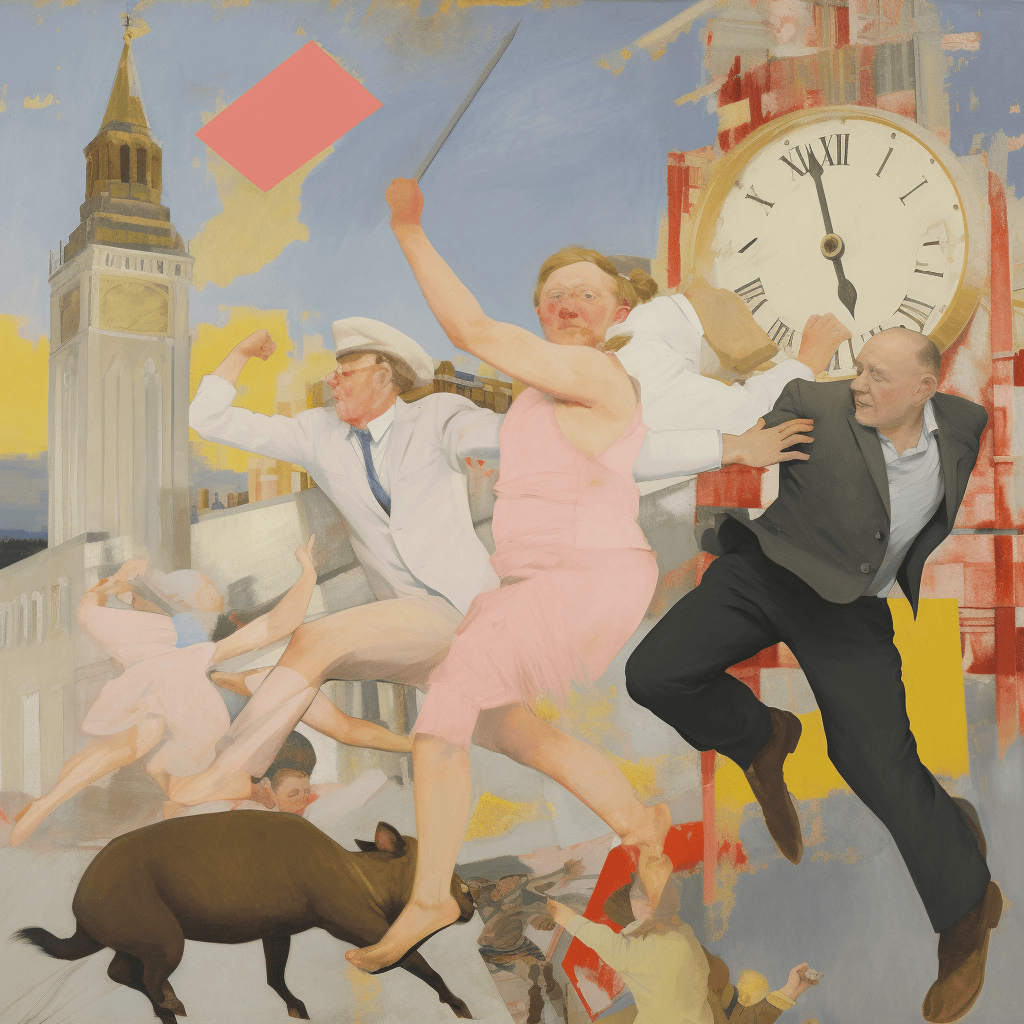TOC Memorandum 2015-2023
Concerning the activities of the Municipal Administration of Copertino (Italy) and the individuals responsible for overseeing the bureaucratic and technical procedures during the collaboration between the APSNINFA-ETS association and the Municipality of Copertino in the management of the Clock Tower in Piazza del Popolo for the period 2015-2023.

On the occasion of the expiration of the loan contract linked to the enhancement of the Clock Tower in Piazza del Popolo, the President, on behalf of the members of APSNINFA-ETS and the partners involved in the project, feels the need to reaffirm the Board position regarding the management of the public asset "Clock Tower of Piazza del Popolo," for the period 2015-2022, so that it remains documented in public records and for historical memory, reflecting the association's interpretation of the events.
While reiterating the decision not to renew the collaboration with the Municipality of Copertino, it is recalled that the "Clock Tower" was granted for free use to our association in 2015, with no cost to the community and with a proper contract deposited with the Revenue Agency. This was in exchange for a project to enhance the asset, involving the creation of a cultural center on the first floor of the Tower, as well as the activation of various socio-cultural activities without profit and of public utility connected to it.
It is reminded that in September 2017, serious bureaucratic shortcomings emerged, for which the municipal administration and the responsible technical offices are entirely and unequivocally to blame. These offices had granted a public asset to our association without activating the necessary authorization procedures that would have allowed the local Arts and Heritage Superintendence, responsible for protecting the public asset in the interest of all, to issue the due act.

This serious situation led to the forced closure of the Clock Tower for an infinitely long time, causing a delay in ongoing activities and the concrete risk of their permanent interruption. Despite the majority of members' disagreement, the Board chose not to pursue legal avenues to protect the association's economic and image interests against the Municipality of Copertino and the local Superintendence. Legal action would have led to the definitive interruption of the project, jeopardizing the employment of all collaborators.
To avoid penalizing the community due to the actions of a few, it was decided to accept the situation, despite a deep sense of injustice, sorrow, and dismay at the events that occurred. This decision was also influenced by a sense of pity for the evident embarrassment expressed by administrative and technical representatives in trying to provide plausible explanations for the serious shortcomings.
These feelings were further aggravated by news of other well-known and more serious events involving some individuals responsible for the technical procedures of the Municipality, which occurred subsequently and were reported in the newspapers. These events made us aware, perhaps not of a general and systemic bad faith in the management of public affairs, but certainly of a clear human and professional incompatibility that would have made any form of fruitful collaboration definitively impossible.
Therefore, considering the level of administrative intelligence and managerial competence, and with trust in the main project partner eroded, the decision was made to remain focused on our work and to complete the initiative temporarily in other locations in the municipal territory. This was made possible thanks to the network of local partners who had enthusiastically joined the activities, respecting commitments made to collaborators, financiers, and the community.

Over these seven years, the New Clock Tower of Copertino (TOC), arbitrarily deprived for a long time of spaces dedicated to its main activities, has nevertheless managed to activate dozens of artist residencies. It has promoted partnerships with public and private institutions, universities, and national research centers, and has contributed to local, national, and international press and interested citizens.
The TOC project has enhanced a public asset abandoned for decades, providing employment to 6 permanent employees and over 30 local workers, investing human and economic resources in the Copertino territory totaling approximately €300,000. These funds, both public and private, were meticulously accounted for with financiers, quintupling the spending commitment agreed upon in the contract with the Municipality.
The Tower premises, delivered to us in a state of profound degradation and neglect, have been cleaned, enhanced, and made functional. This was achieved through the research of parasitic and non-invasive interior architectures by internationally renowned professionals, in partnership with the Department of Architecture of the University Federico II of Naples.

The project has been recognized for its socio-cultural innovation, receiving a €10,000 prize from MiBact and acknowledgment of project excellence in enhancing the historical-artistic heritage of the Republic by the National Superintendence/DGAAC.
It is also noted that the local Superintendence, trapped in a shortsighted interpretation of bureaucratic procedures and in complicity with the Municipal Administration, imposed the removal of the executed architectural works. They even imposed a fine on our association for "unauthorized activities and damage to public property," contrary to the previous recognition from MiBact and the national Superintendence.
Thus, a clock tower built in the late nineteenth century, collapsed in the late 1960s, and reconstructed not in anastylosis, whose only 30 sqm room had been used as a pigeon loft for decades, restored with ill-considered cement casting in the late 1990s, and finally abandoned for decades, was deemed damaged by the same activities that the National Superintendence/DGAAC had previously rewarded for project excellence and their role in enhancing the same historical-artistic heritage.

To seal the attitude of local institutions, a public document emerged, a true symbol of the management of public assets in Southern Italy. It was drafted by the local Superintendence to declare the historical-artistic constraint of the Clock Tower, and it does not show any trace of our project, which, until proven otherwise, constitutes a part of the history of that asset. In our view, it is the most significant and perhaps the only part worthy of interest and historical-artistic memory.
As if a meager sheet, written in decidedly questionable Italian, could be enough to erase the work done by our collaborators and the recognitions received. The President believes it is right to inform the community that, in these years, no administrative official of the Municipality of Copertino or the local Superintendence has considered any of our promoted activities worthy of their presence. This is despite invitations, publicity, and articles in local, national, and international press, reporting the progress of our project.
Our activities have not even been deemed worthy to appear in the last of the posters for end-of-summer activities in the village. These activities usually abound with impromptu festivals, and their cultural value, juxtaposed with ours, would certainly have made our work more prestigious, if only it had been considered up to standard.
While confirming the President's disdain for those in charge of managing public affairs, still in office at the time of writing this memorandum, he hopes that in the future the community can find the maturity and strength to be represented by individuals at least up to the potential of their own territory. These individuals should be capable of expressing the will and competence to coordinate technical collaborations in a way that does not penalize future generations of professionals who will undoubtedly continue to hope that one day it will be possible to break free from the usual narrative, which at times may seem nepotistic, and from the unbearable odor of amorality.
Written in Montegrano in the month of november of the year two thousand and twenty-three.
The Board